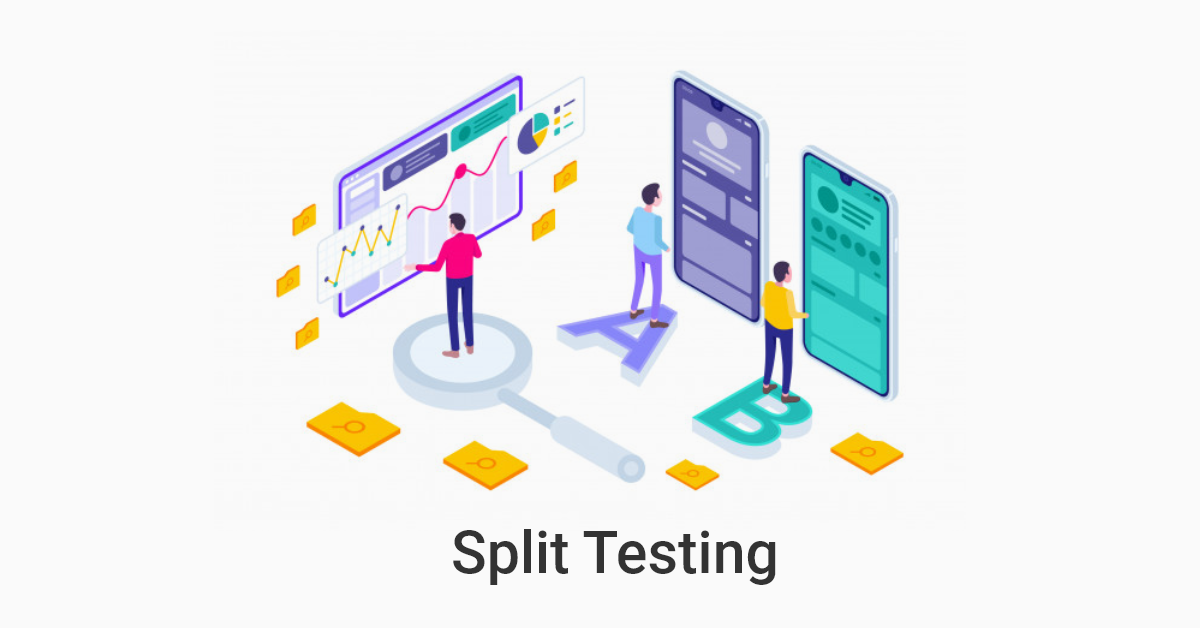Earlier, businesses running A/B Testing programs would boast that they had hundreds of live experiments running at any point in time. But now they understand that the real measure that matters are not the test counts, but the effectiveness of those experiments.
In this blog, we will examine how UX testing tremendously improves split testing (or A/B testing) results with the implementation of five best practices. So, let’s get started.

5 best practices to supercharge A/B testing results with the assistance of UX testing:
- Utilize Customer Experiences to Prioritize Test Plans
- Develop Root-cause Hypotheses
- Enhance Variant Quality
- Face Difficult Problems
- Understand why one variant won
Whenever we mention A/B Testing in this blog, we collectively mean both split and Multivariate Testing (MVT).
1. Utilize Customer Experiences to Prioritize Test Plans
It’s insightful to use various sources of insight to prioritize what to A/B Test next. In reality, too many revert to their hunches to decide.
On the face of it, prioritizing A/B Tests should be straightforward. Google search reveals how CRO Practitioners recommend approaching it; often boiling down to a combination of using data to identify those highest value pages that are the easiest to change. In reality, many teams tend to rely on hunches – especially those of influential executives – to prioritize their test plan.
This may result in plateauing of results after some initial wins (where the first “no-brainer” hunches proved right) because perceived rather than actual customer pain points are being tackled.
A direct way of avoiding this is to identify actual customer struggle by observing target customers on the key journeys through UX testing with the assistance of UX testing agencies. Insight from this testing assists teams in three ways:
- Identifying the most impactful real World problems that users experience may not be evident from mining site data alone
- Countering a hunch oriented way with compelling evidence – showing videos of customers struggling will convince even the most ardent executive
- Developing the root cause hypothesis quickly
2. Develop Root-cause Hypotheses
Optimization teams, with the assistance of insights from UX testing, develop robust root-cause hypotheses. It is so that the test variants they design to address an underlying issue that they understand.
If teams do not understand the root cause of a conversion problem, they are often tempted to rely on guesswork or best practice to design variants for A/B Tests. This can limit the overall success of an A/B Testing program, and can even lead to false positives where an uplift is stumbled upon without the (more lucrative) underlying issue being addressed.
3. Enhance Variant Quality
Even with robust root-cause hypotheses, the success of any A/B Test is dependent on the quality of the design variants – how well do they address the root cause problem?
An easy way to improve the quality of variants is for teams to gather UX Insight on mock-ups or prototypes and improve them during the design phase before the A/B testing. There’s no need to wait for the finished designs and testing can be undertaken rapidly with the design team iterating on the test results.
The surety that the design variants are of the best achievable quality maximizes the likelihood of A/B Testing success.
4. Face Difficult Problems
Complicated conversion opportunities demand a deeper insight before we consider them for A/B Testing.
One of the most common examples of where more extensive UX testing is prudent is redesigning a Menu structure. Menus are sometimes complicated and extensive. Operating the card sorting and tree tests ahead of any live testing can save teams from designing and running. Otherwise, they can prove to be very complex A/B Tests.
Sometimes running A/B Tests is simply not feasible. This often applies when compliance or consistency of experience is important. For instance, the signed-in account area for a bank or utility company.
5. Understand why a variant wins
Implementing an onsite qualitative survey can assist in identifying why a variant has won, so the team can learn.
Sometimes, even with the most extensive UX testing program in place, a variant outperforms others. At that time, it’s useful for CRO and product teams to understand the reason behind it. Understanding the reason can lead to a deeper understanding of customers as well as prompt ideas for future experiments.
Conclusion
Implementing those above best practice recommendations can show how UX testing can make A/B Testing results more successful and efficient. Get in touch with our UX consulting services for more assistance, and to discuss how these approaches can assist your organization.



